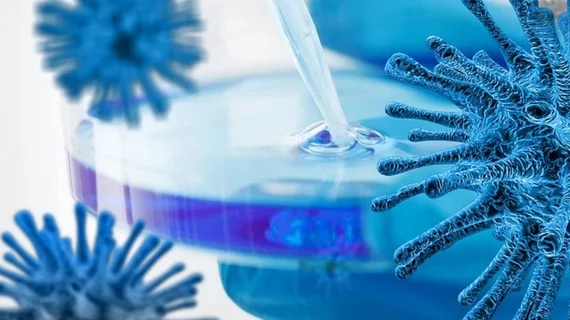Cardiologist details his experience getting—and beating—COVID-19
One cardiologist is sharing his own experience with the new coronavirus to try and help others understand it can be beaten.
Vivudh Pratap Singh, MD, an interventional cardiologist at the Fortis Escorts Heart Institute in Bangladesh, shared his experience battling COVID-19 with The Times of India.
He first started feeling early symptoms from the virus a few days after returning from a work trip to Paris, he explained. Already well aware of COVID-19, he kept a distance from his family at all times and made sure to regularly wash his hands. His early symptoms included a sore throat, a fever and feelings of fatigue—and he eventually did get tested to confirm he had the virus.
Singh, 40, said he knew that a lot of COVID-19 patients only experience mild symptoms—and he made sure to keep that in mind for the sake of his own mental health.
“When you are down with a disease that is wrongly projected as the equivalent to death, you feel stressed, something similar to post-traumatic stress disorder,” he said. “You feel as if you have no control over your life. You worry whether you will be able to meet your near and dear ones and then a vicious cycle starts inside the mind, which you have to break. One has to be spiritually and emotionally strong to tide over the negativity.”
Singh’s wife and young daughter were tested for the virus as well—fortunately, those tests came back negative.
Click below to read the full story:

